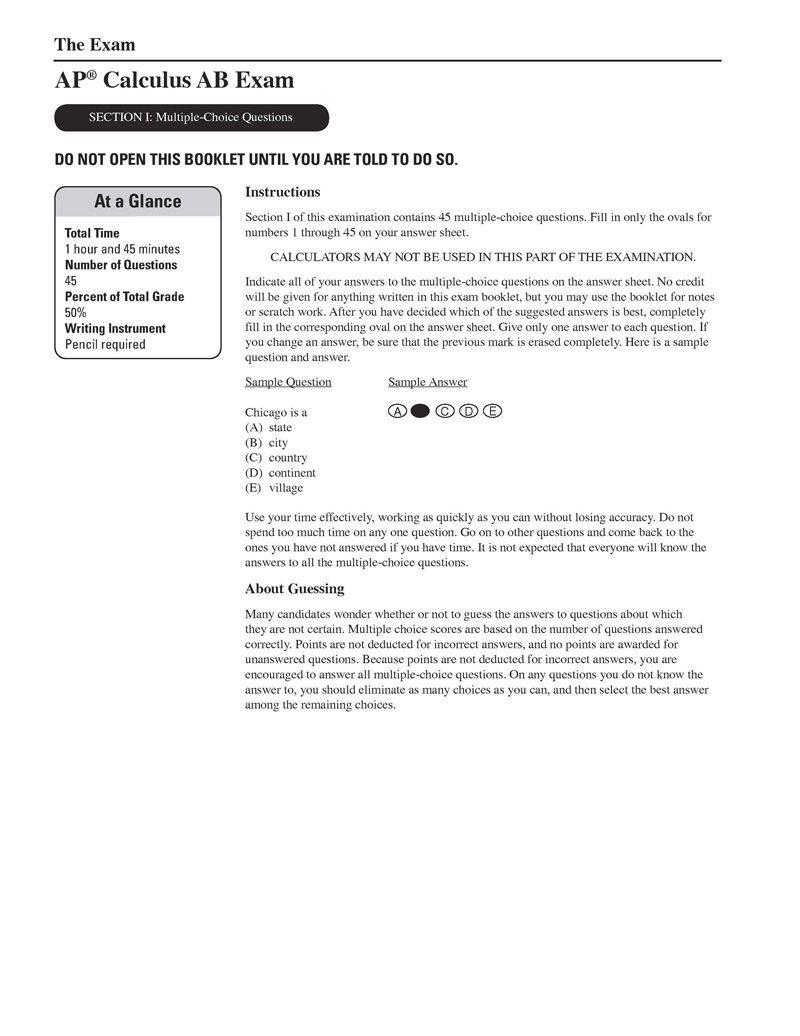Calculus AB is an advanced placement course that covers a wide range of topics in calculus. One of the key components of the course is the multiple choice questions, which test students’ understanding of various calculus concepts. These questions can be challenging, but with practice and preparation, students can excel in this section of the exam.
Multiple choice questions in Calculus AB often require students to apply their knowledge of derivatives, integrals, and other calculus principles to solve problems. These questions can range from simple calculations to more complex scenarios that require critical thinking and problem-solving skills. It is important for students to not only know the formulas and concepts but also understand how to apply them in different contexts.
One common type of multiple choice question in Calculus AB involves finding the derivative or integral of a function. Students may be asked to differentiate a given function, find the antiderivative of a function, or determine the value of a definite integral. These questions require students to have a solid understanding of differentiation and integration techniques.
Another type of multiple choice question in Calculus AB involves analyzing graphs of functions. Students may be asked to identify key features of a graph, such as critical points, inflection points, and concavity. These questions help students develop their graphical interpretation skills and understand how calculus concepts relate to real-world applications.
Overall, multiple choice questions in Calculus AB are designed to assess students’ comprehension of fundamental calculus concepts and their ability to apply them in various problem-solving scenarios. By practicing with a variety of questions and developing a strong understanding of calculus principles, students can improve their performance on this section of the exam and demonstrate their proficiency in calculus.
In conclusion, mastering multiple choice questions in Calculus AB requires a combination of knowledge, critical thinking, and problem-solving skills. By approaching these questions with confidence and practicing regularly, students can improve their understanding of calculus concepts and excel in this challenging section of the exam.
